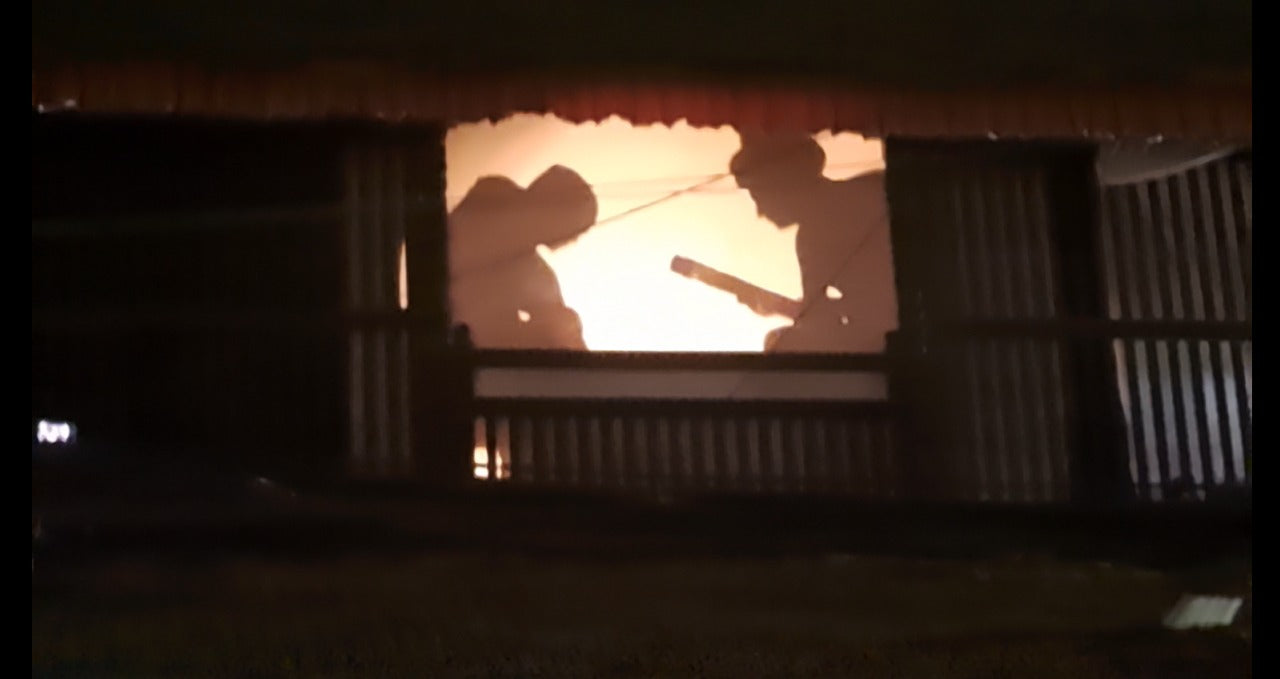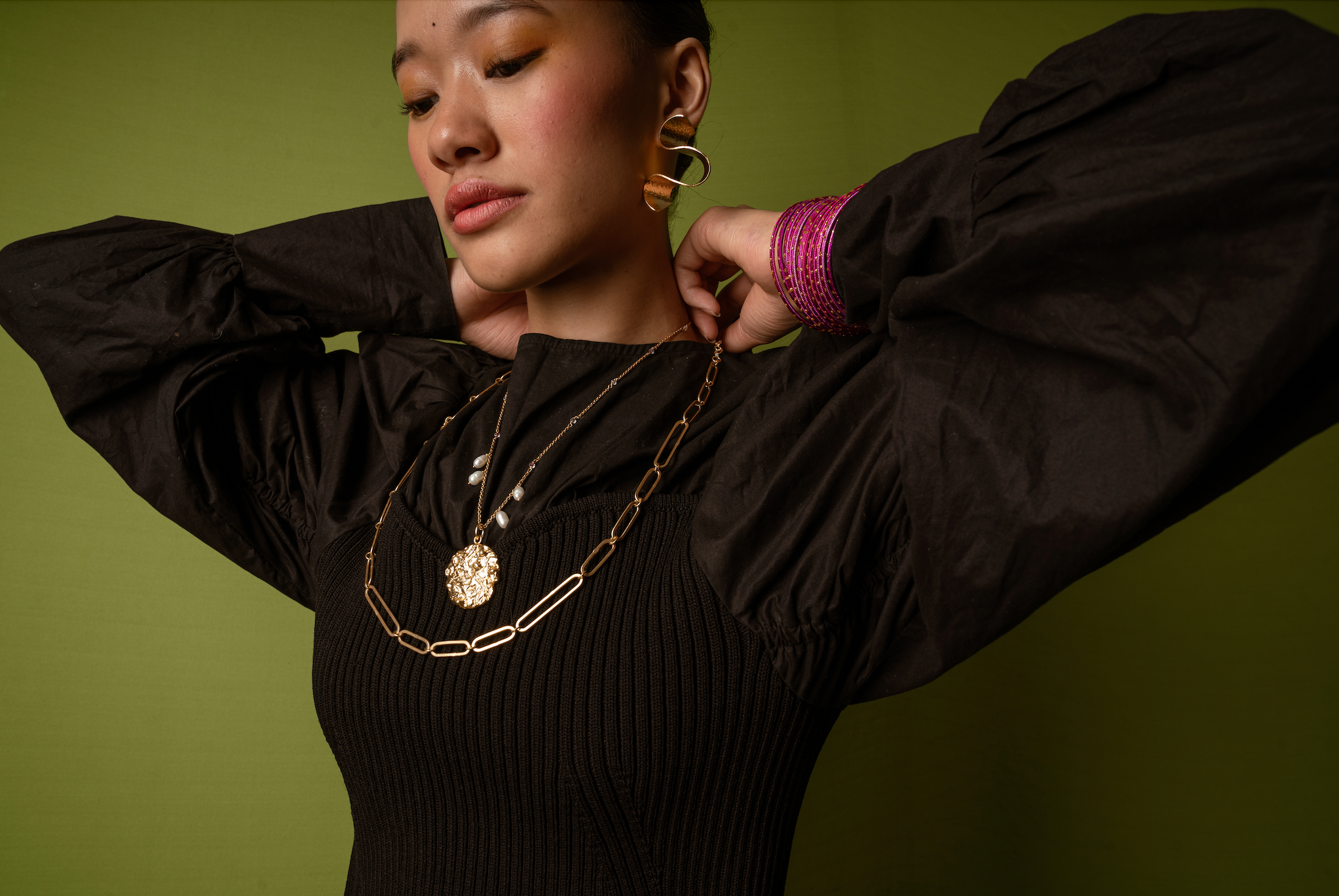From the making of sel roti (ring-shaped Nepali bread) to swaying linga ping (traditional bamboo swings) and flying changa (kites), all welcome Dashain, a season of joy where families meet and celebrate together.
It’s that time of the year when schools close, offices shut down, traffic thins and Nepalis stay home. This is Dashain, Nepal’s great celebration of togetherness and religious devotion.

Every festival carries its stories, and Dashain has many. We hear of Goddess Durga’s win over the demon Mahishasura; Ram’s victory over Ravan; and Emperor Ashoka’s transformation into a Buddhist follower through his adoption of Ahimsa. All these stories share a common theme: the triumph of good over evil.
The word ‘Dashain’ derives from Dashami, the tenth day of the festival. While there is no definitive historical record of its origin, it must have been celebrated for a long time. What we do know is that during the Shah and Rana periods in Nepal, Dashain was elevated to a national celebration with full state endorsement. Indigenous communities found themselves at a cultural crossroads, where some wholeheartedly embraced it, others resisted, and many adapted the festival, making way to reflect their own traditions. It's a cultural adaptation, and over time, Dashain’s meaning shifted. While some observe traditional rituals such as receiving ‘tika’ and performing animal sacrifices, others focus on family reunions, shared meals and community spirit, setting aside certain religious aspects.

Infused with the sacred herbs ‘The Rooted’ incense offers a deeply spiritual experience this festive season.
For Hindus, Dashain is a grand celebration. It begins with Ghatasthapana, where jamara (barley and maize shoots) are planted. Over nine days, families honour the nine forms of Goddess Durga. On Nawami, animal sacrifices are performed, and on Dashami, elders place tika (blends of rice, yoghurt and red vermillion) on the foreheads of younger family members. Mantra is recited while offering blessings of prosperity and well-being. This exchange of blessings continues until Kojagrat Purnima, inviting families together across distances.

Beyond its social and religious layers, Dashain also reflects Nepal’s agricultural roots. On Nawami, families worship traditional farming tools: ploughs, spades, and sickles that have sustained livelihoods for generations. With the evolution of time, today, this worship extends to modern tools of survival, with people performing puja on vehicles, tractors, laptops and other devices.

Among the Magar, Tamang, Gurung, Rai and Limbu communities, white tika is often used instead of traditional red paste. This subtle variation echoes their distinct identities while still participating in the broader celebration. Within the Tharu community, practices vary; some honour ancestral deities, others worship goddesses like Mahakali and Bhagawati. Some simply gather for good food and cherished company. Each way of celebrating is valid and enriches the value of this national festival.
For the Newa community, Dashain appears in a distinct form as Mohani Nakha. As written in a few literatures, this tradition stretches back to the Malla kings and their tutelary goddess Taleju. On the day of Dashami, families worship their own tutelary deity in the Aagam Chhen/Dhukuti and mark the occasion by placing a distinctive black tika on their foreheads. The Newa observe a series of feast celebrations on Asthami as ‘Kuchhi Bhoé’, Nawami as ‘Syākwa Tyākwa’ and Dashami as ‘Chālan’ with an elaborate feast, Nakhtya, where relatives gather. These customs reinforce kinship and honour cultural heritage.
Wrap your loved ones in warmth this Dashain with the Felted Stole, an ultra-soft Himalayan Pashmina made for winter comfort.
Today, Dashain beautifully unites communities across Nepal, embracing cultural diversity alongside traditional religious practices. It calls families home, reconnects cousins and kin, and towns and villages fill with joy. With clear blue skies dotted with kites and bamboo swings swaying in the breeze, it truly is the perfect time of year.

This ‘unifying’ living tradition continues to evolve, creating space for everyone. As part of the Né Nepal family, we wish you moments of shared joy and celebrate in your own meaningful way.



